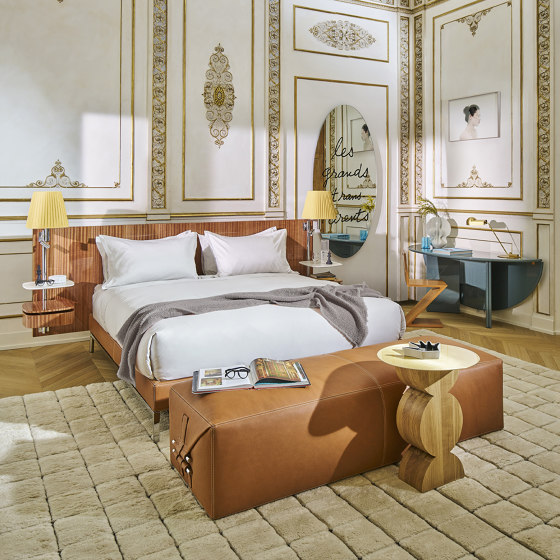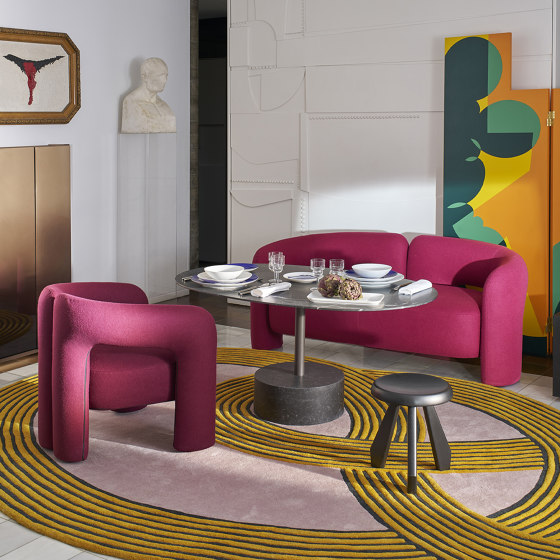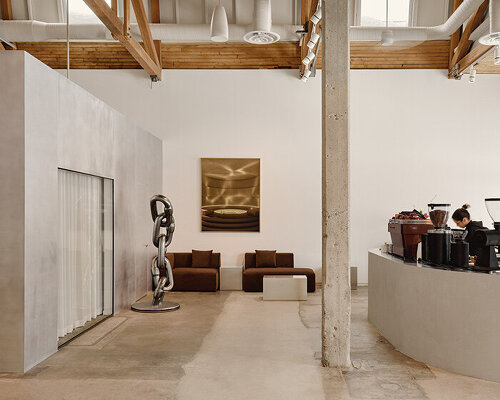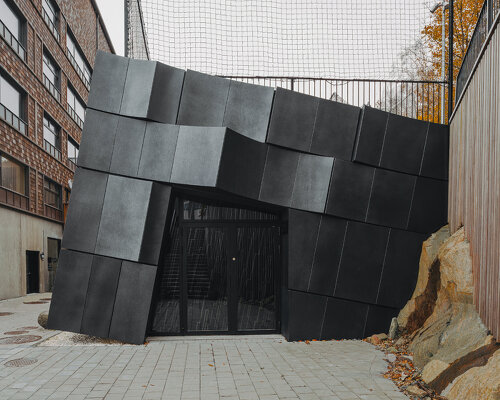half-bodied home robot memo looks more like playful cartoon character than humanoid

Personal home robot memo does house chores
Meet Memo, the personal home robot by Sunday that resembles more of a playful and joyful cartoon character than a humanoid assistant. Made to complete household tasks, the roving device has a round head with two straight eyes, a head with a hat-like top piece, and a torso shaped like a cylinder. The arm connects to the torso through a circular joint, while the body and arm sections use smooth shapes and surfaces. What makes the personal home robot Memo more kid- and house-friendly is its exterior, which is dressed up in silicone. The startup’s designers believe that it’s easier to clean this material, especially with household products from grocery stores.
The device, which forms part of the growing community of household humanoid assistants including NEO Gamma and Figure 03, only comes with half of a body because it suspends over a stand, and at the bottom, it comes with a wheelbase, as if it were an autonomous robotic vacuum cleaner. In a way, it is, only with typical household chores, including laundry, cleaning up the mess, and loading up the dishwasher. Memo has arms that can move from ground level up to seven feet. For most tasks, it stays at four feet. Inside the personal home robot are motors, sensors, cameras, a computer unit, and safety systems that allow it to complete the chores at a glacial pace.

all images courtesy of Sunday
Smart Household device that learns behavior from a glove
Sunday, the startup that made Memo, says that the personal home robot can move through spaces on its wheels and pick up objects with its clamping hands. A feature that makes the device different from the other household robots is that Memo learns the user’s movement using a glove worn by their human owners. It is called the Skill Capture Glove. When the owner wears the glove, the robot records and remembers every movement from the owner’s action because the glove and the robot hand share the same sensor layout.
In the end, Memo can copy human actions by taking the glove data and translating it into robot data. Because of this, there’s no teleoperation with the personal home robot Memo since the device learns from recorded human movements. The project has two parts. First, the team builds a robot that can perform skills. Then, the team builds a system that lets the robot learn new skills.

meet Memo, the personal home robot that resembles more of a playful and joyful cartoon character
Upgraded personal home robot memo can do more tasks
Memo had only one arm in 2024 and learned a single task: arranging shoes. In 2025, it learned many tasks at once and can now collect plates, cups, utensils, napkins, and food scraps as well as load a dishwasher and run it, handle piles of socks, and use an espresso machine to pull a coffee shot. The model can also navigate homes using 3D maps during its training so it can learn how homes are arranged.
The team’s tests in AirBnb locations have shown that the personal home robot Memo can find tables and dishwashers in new environments and complete tasks without being controlled. The Sunday team hopes to place a helpful robot in every home, starting with Memo. For them, their device is designed to operate safely around people and to adapt to many chores. While the system is still being improved, the team’s long-term plan is to expand the personal home robot’s skill library and make Memo usable in many homes without custom setup.
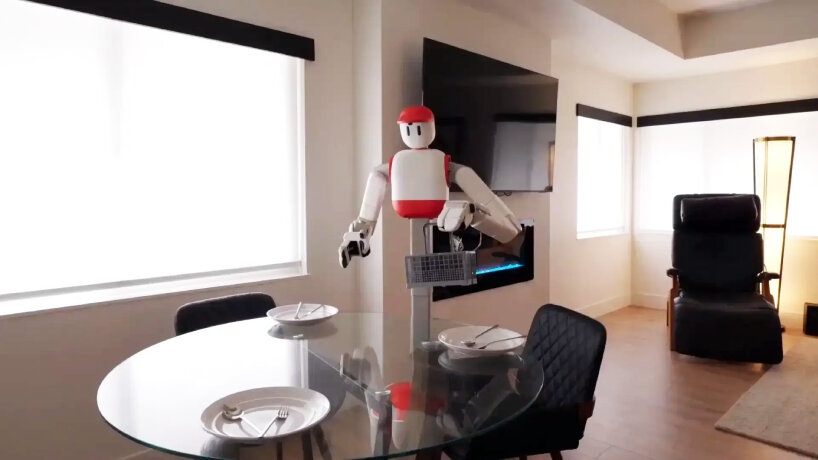
the smart household device is made to complete household tasks

it can pick up objects with its clamp hands
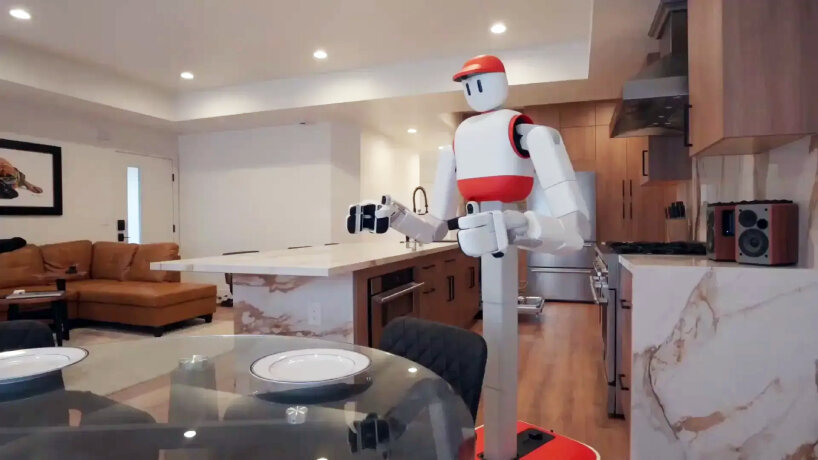
the device’s exterior is covered with silicone for a softer shell
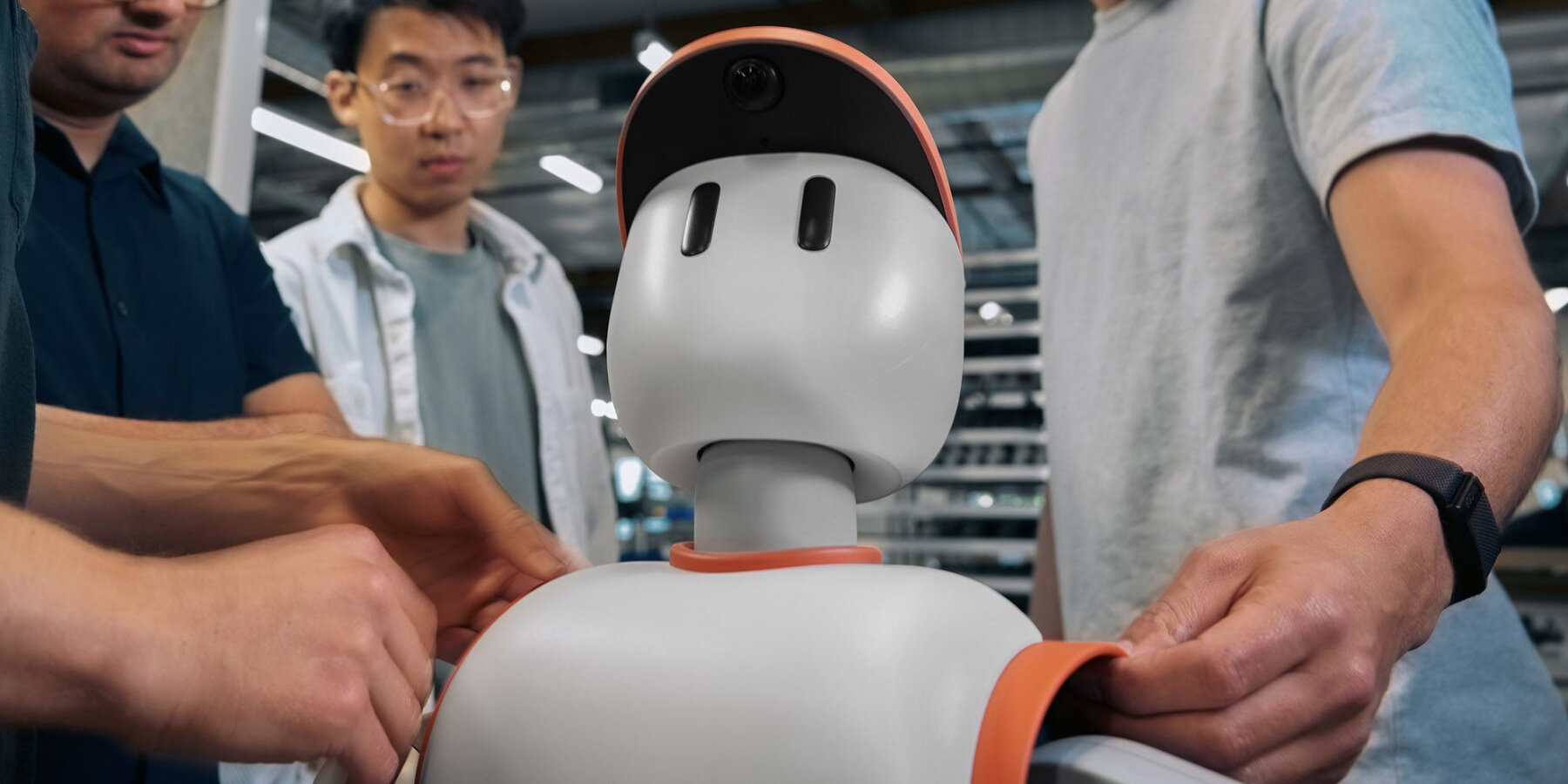
there’s a camera under the hat of the robot

this upgraded model can now clean up the mess inside the house
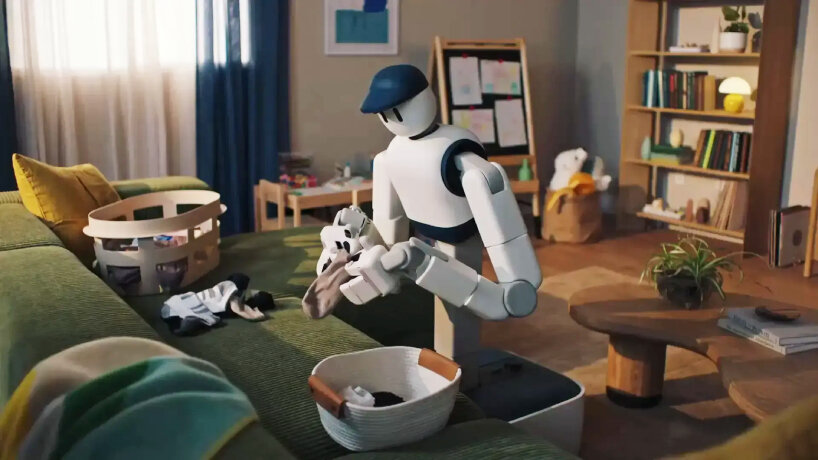
the device has arms that can move from ground level up to seven feet
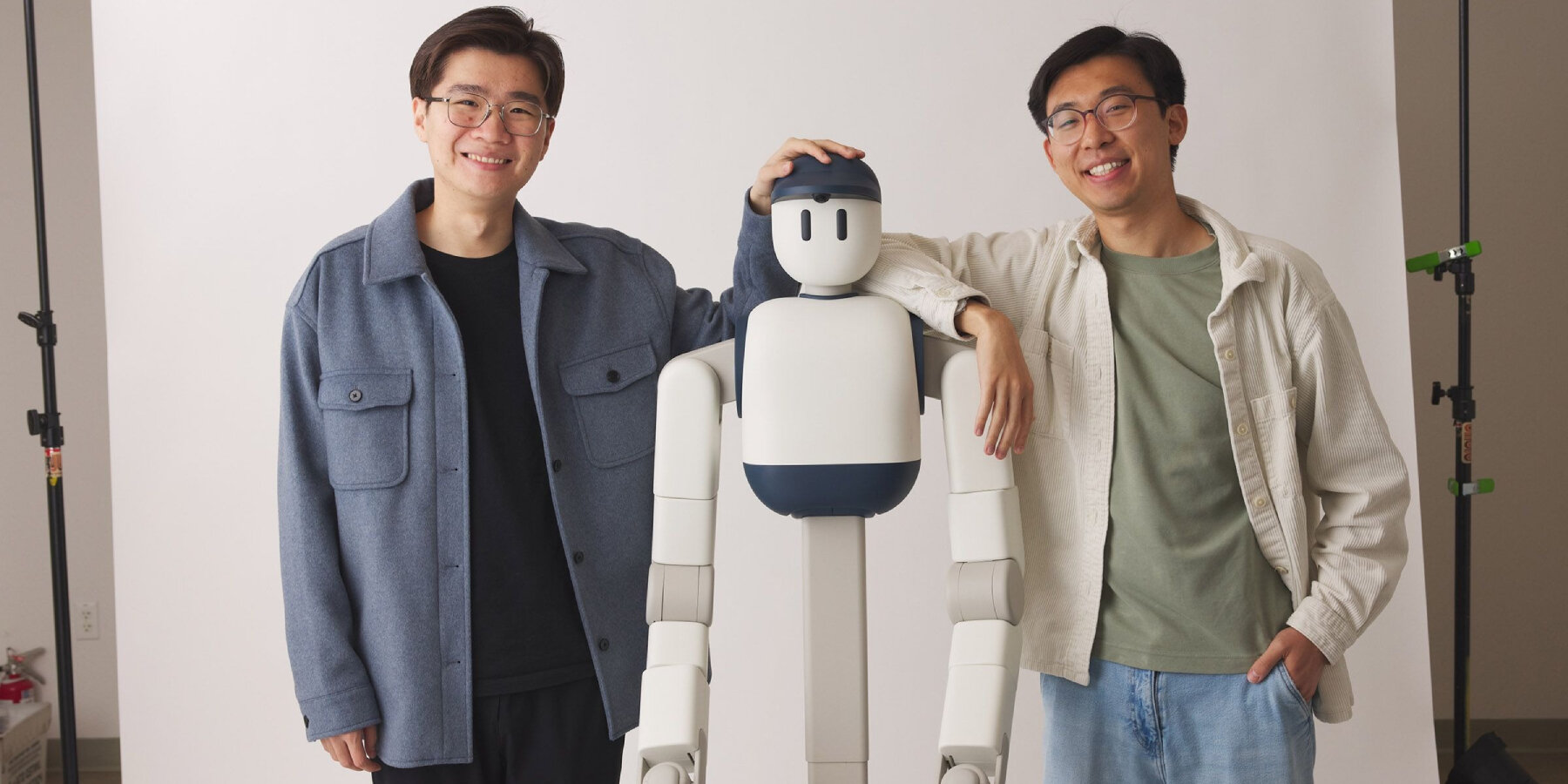
the Beta Program for the device starts in 2026
project info:
name: Memo
startup: Sunday | @sundayrobotics
The post half-bodied home robot memo looks more like playful cartoon character than humanoid appeared first on designboom | architecture & design magazine.





